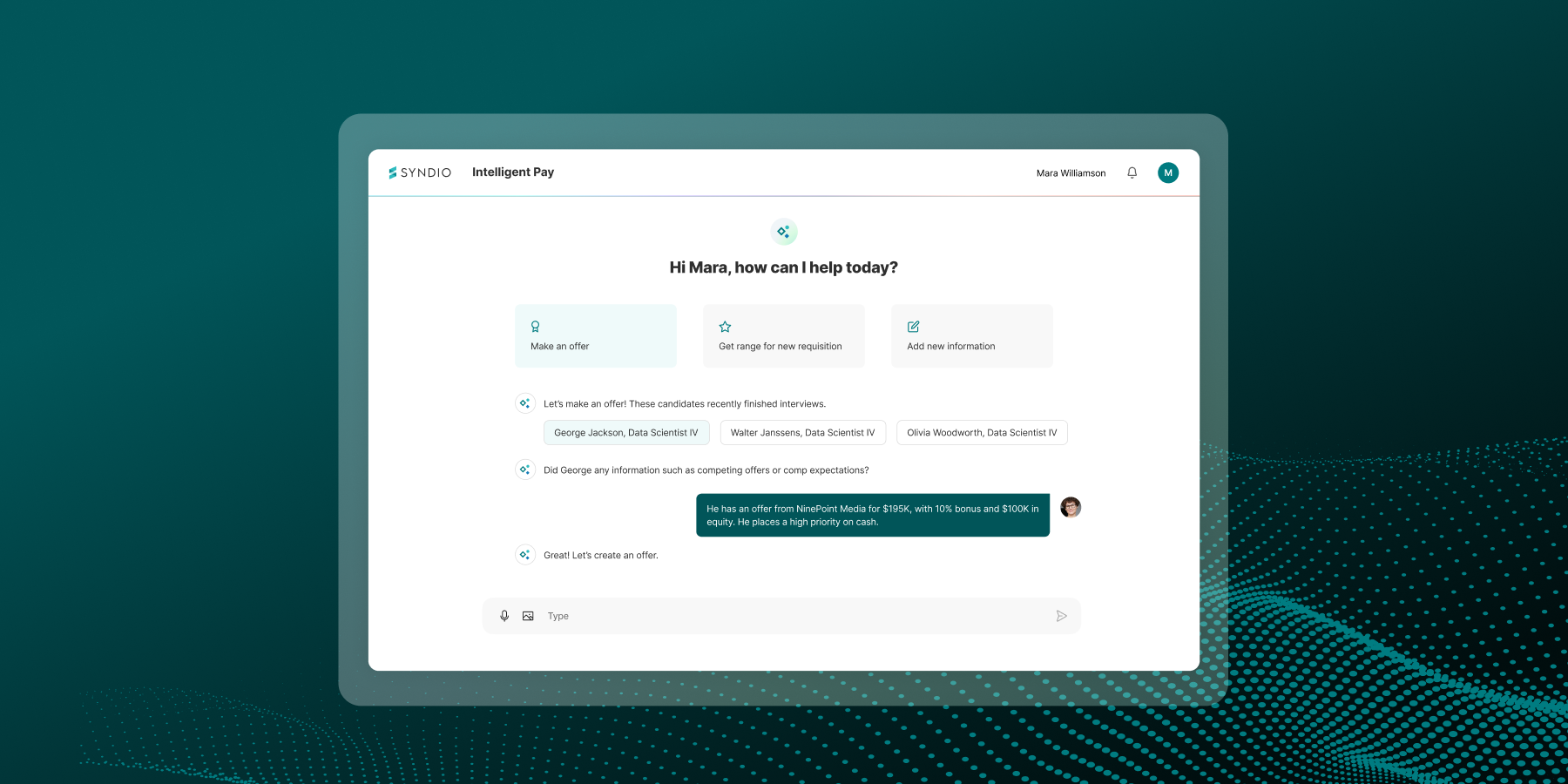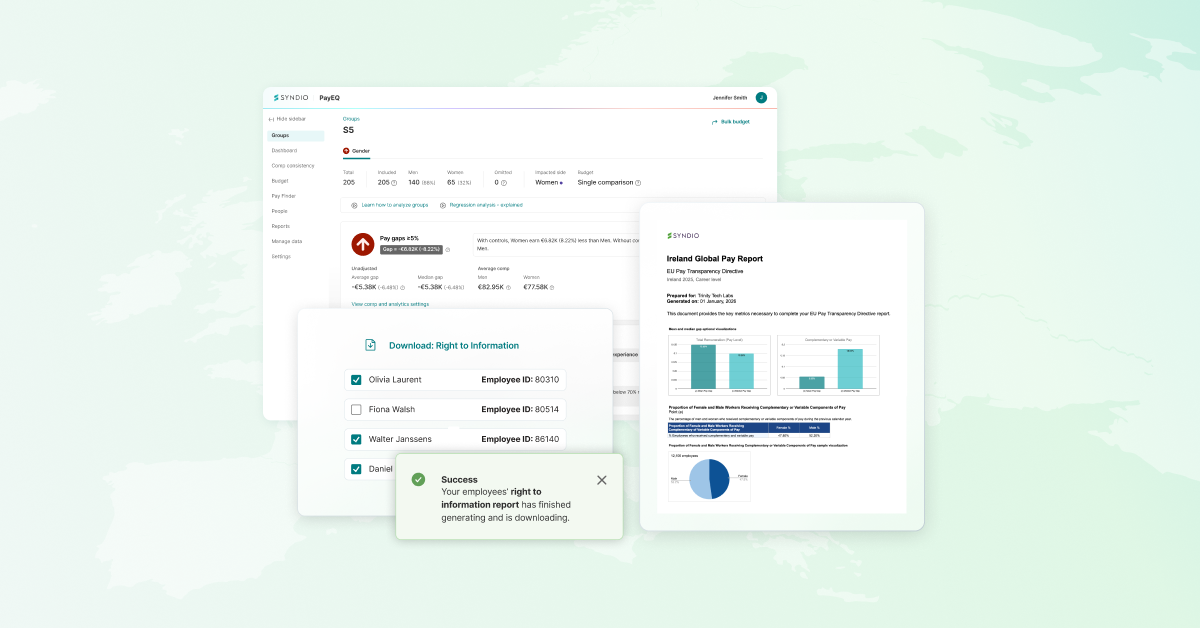Syndio was founded on the belief that organizations must do more than say their employees are their most valuable asset. They must prove it through rigorous measurement and be transparent with their employees and key stakeholders about the results and opportunities for improvement. We hold ourselves to that same high standard, and that’s why we’re publicly sharing our own Internal Pay Equity Analysis. Conducted by Katie Bardaro, a widely regarded labor economist and our Chief Revenue Officer, we used our own software and it’s the first analysis we conducted since experiencing a 5X growth.
As a company, we achieved pay equity with respect to gender, race, and ethnicity. Specifically, our “adjusted” pay gap is $1.01 for women and $.98 for BIPOC+. While these ratios would be terrific results for any company, we recognize expectations for our company are especially high. To help meet them, we disclosed salary ranges for all job postings (we began this in December 2021), offered salaries at the highest band without regard to geographic location, and of course used software that gave us instant insights to constantly monitor our commitment to pay equity while we grew at an accelerated rate.
Our median pay gap (i.e. unadjusted pay gap or the measure of overall differences in mean or median compensation between men and women) is 92 cents for gender and 91 cents for race/ethnicity. Put another way, women make 92 cents for each dollar by men and that number is 91 cents for BIPOC+ versus white men.
This is often driven by differences in job categories. In our case, engineering is our largest group — about 30% of the company and our highest paid group — and is nearly ⅔ male. For context, the U.S. Bureau of Labor Statistics data indicates that 83 cents for women and 86 cents for BIPOC is the unadjusted gap for the end of Q1 in 2022.
As is too often the case with startups, we used our networks to grow fast early. During our first couple of years of growth, those networks skewed white. Here’s what we did about it, and what we will continue to do:
- We built an incredible HR team from scratch that’s worked to substantially improve our representation of BIPOC+ employees. We’ve gone from 19% BIPOC+ in December of 2020 to 35% today by implementing more inclusive sourcing and hiring practices, including posting ranges on jobs, structured interviews, and making all opportunities for advancement transparently available to all our current employees — all done in just the last year.
- During our Series B and C rounds, we carved out allocation specifically for VCs who work with LPs from diverse backgrounds. We strategically partnered with these investors to take action on building a team that represents people from all walks of life. We do not underestimate the power of the early stage cap table. These relationships with Concrete Rose, Next Play Capital, and Operator Collective are critical to scaling our commitments.
- As we tell our clients, a diverse recruitment pipeline is just the first step. You also need promotion pipelines that build diverse leadership at all levels of your company. For us, that meant throwing out the traditional playbook and building our own Career Development framework and movement guidelines that place skills and opportunities over markers such as years of experience and past jobs that too often prevent the creation of inclusive workplaces. We will roll out this framework with teams in the coming weeks.
- Our Leadership Team reflects our commitment to workplace equity: where more than half our team is female and four of nine are from historically excluded groups. We want to build that type of team at all levels of our organization.
The last piece is our CEO pay ratio, which we monitor to remain committed to the belief that we are all building this company together. Our current ratio is 2.66:1. The S&P 500 average is 305x, and other benchmarks are much higher.
We’ve achieved these strong results in a short amount of time. But workplace equity is a journey, and it starts with our own workplace. More to come.



